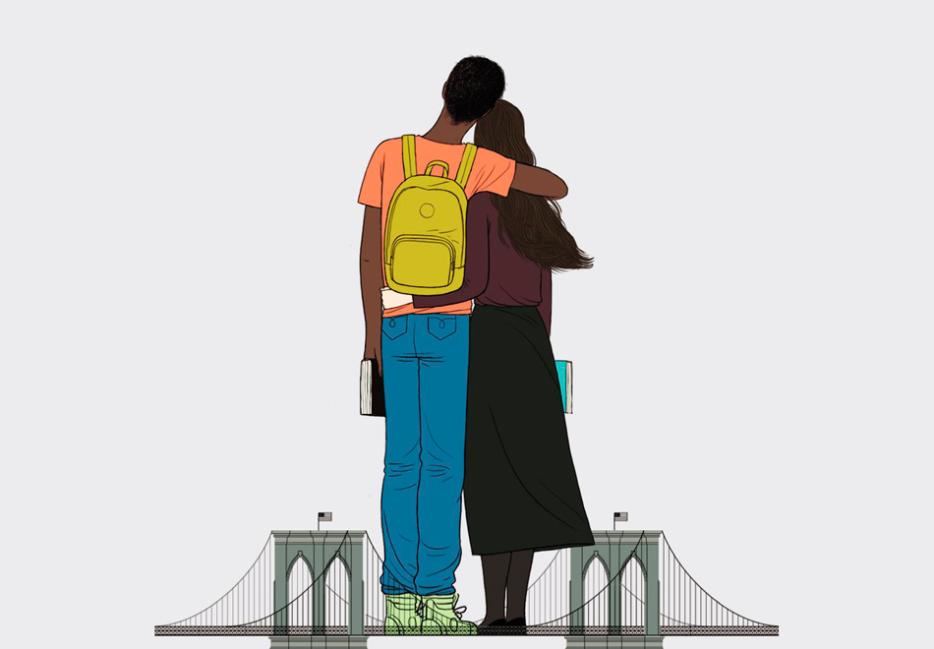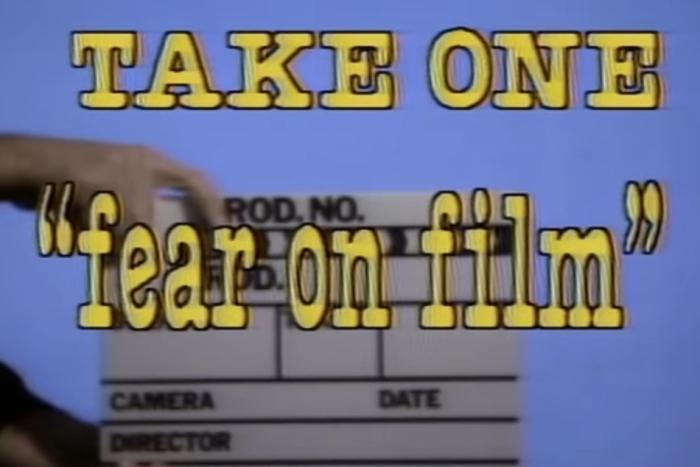Recently, I got my paws on a copy of Una Lamarche’s Like No Other, a new release from Penguin Young Reader’s Razorbill imprint. Its positive review in The New York Times seemed promising, as did the comparisons to last year’s critical hit Eleanor and Park—at least, that’s what I told myself. More than anything, I dug its illustrated cover of two teens embracing on the Brooklyn Bridge, as well as the copy on the back cover with such dramatically ambiguous lines as “FATE BROUGHT THEM TOGETHER—WILL LIFE TEAR THEM APART?” and “THEIR PATHS NEVER CROSSED…UNTIL ONE DAY, THEY DID.” It was a book I could make a point of liking: it had already been dubbed more sophisticated and substantial than the YA fiction that finds itself the subject of derisive Slate profiles, while still indulging all those capital-F Feels—the same ones that will inevitably inspire the Tumblr fan art and playlists and Goodreads raves riddled with reaction GIFs. Shit, all it’s missing is a John Green endorsement.
Like No Other opens on Devorah Blum, a 16-year-old Hasidic Jew who abides by a strict upbringing that includes no TV, no pop music, no talking to strangers, and no being alone with boys. She is at the hospital for the birth of her niece when the power cuts out, trapping Devorah in an elevator with Jaxon Hunte, a geeky, good natured, hapless teenager. Jaxon is male, not Jewish, and black—a person whose very existence Devorah has been taught to avoid. Of course, if you’ve seen the cover of the book, you can predict what comes next: within the span of a couple of weeks, Devorah and Jaxon are professing their love for one another and making plans to run away together. Both seek in the other salvation from what they’ve had a lifetime of experience being: obedient, unattractive, passive.
Obsessive, romantic, young adult fiction is not new, not to me. I was in high school when Twilight first became A Thing. The first book in the virgin/vampire star-crossed quartet was published in 2005, and immediately found a home amongst my peers. I quickly decided that because, as a heterosexual female high school sophomore with a MySpace account, dyed black hair, and a predisposition for the dark and dramatic, I was expected to read and like these books, I would do anything but. I turned up my nose at them. I sided with those who critiqued the book on artistic or feminist grounds. Nobody tries to reject the trappings of teen girlhood quite like teen girls themselves.
I read literature in high school, as I would tell anybody that would lend their ears long enough for me to extoll the ways in which I was not like all those other girls. I read The Bell Jar, and the one Kurt Vonnegut book with all the illustrations, and the first six chapters of On The Road again and again (each time thinking, “THIS TIME I’ll get through it for real,” every beautiful sentence about fabulous yellow roman candles matched by at least six more of a dull misogyny too insidious for me to recognize). I didn’t want to read the nice, clean-cut books that I thought society wanted me to read. I wanted something older, something I maybe didn’t quite understand, something dangerous and sexy, something that made me believe I was totally special and unique and deep, not realizing that my tastes aligned perfectly with masses of teen girls before me, alongside me, and after me. What would I have in common with a Twilight fan?
Let’s not waste our time discussing the literary merits of Twilight (which I did read, eventually)—it’s not revered for its quality of prose, and that’s fine. We can critique it for its unhealthy portrayals of lust and love, sure, but in doing so, we toe the line between clutching our pearls and wondering why won’t somebody please think of the children. So far removed do we get from our own teenage impulses that we read (and judge) these stories as didactic, rather than as reflections of the passions and rebellions that are spurned by that hot mix of growing up, raging hormones, and the worry that comes with trying to find one’s place in the world.
There was always that one kid in high school English class who would loudly denounce Romeo and Juliet; “It’s not actually a love story,” they would preach, proud of themselves for being the first to crack the code of Shakespeare and see what their Baz Luhrmann-watching peers could not. “It’s about two horny teenagers obsessed with each other.” Romeo and Juliet get hitched in a matter of days, making the month-long romance of Devorah and Jaxon seem like an eon. Yet the manner in which they relate to one another—whether it is obsession, or love, or something in between—is still deeply felt, still authentic, and still very much there.
When books about teenagers are critiqued for the way they depict love, romantic love becomes revered as something that is patient, measured, and shared between two people who have already figured out who they are and what they want. Which, duh, is a healthy and mature ideal to strive for (let us not knock functioning adult relationships), but one that diminishes the urgency and frustrations that can only come with being 16 years old: of not knowing yet who you are or where you’re going, but having enough experience to know what you want to get away from.
Young adult literature is often criticized for the thing that makes it essential: recognizing and validating the daily dramatic ebbs and flows that come with adolescence. Being in love with love can be a symptom of naivety and sentimentalism that one is expected to grow out of, but it has more to do with wanting to evolve beyond life as one knows it, yet not having sufficient experience to be able to express otherwise. Jaxon makes Devorah feel free, Devorah makes Jaxon feel interesting. Bella made Edward feel human and Edward made Bella feel like more than a girl. Eleanor and Park, that other recent misfits-in-love story, made each other feel worthy of affection. It may not be love, at least not in the ways we’re taught to think of it, but it’s still there.






